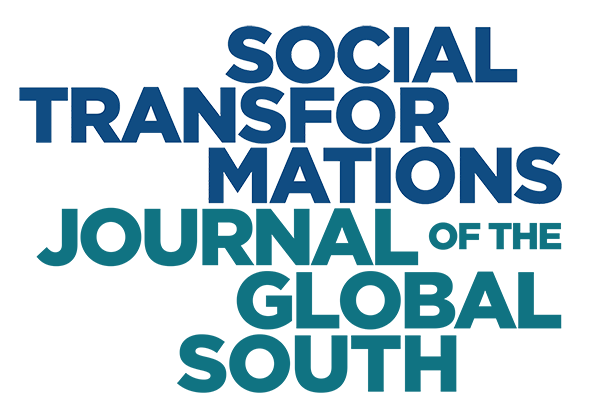Reshaping Metro Manila: Gentrification, Displacement, and the Challenge Facing the Urban Capital
Ray Simon Roderos: Asian Institute of Management - Policy Center (APC)
DOI: https://dx.doi.org/Abstract
Globalization and liberal economic reforms provide both opportunities and threats for developing cities. It can bring much needed capital and economic development but also at the possible cost of displacement and marginalization. Metro Manila contributes US$7.7 billion to the Philippine economy by remaining competitive in attracting and facilitating the flow of capital. However, this economic development translates to displacement, with its very citizens being affected. We analyze this phenomenon through the existing literature on Metro Manila and gentrification.
This paper addresses the key questions: Who are the key players in Metro Manila’s gentrification? What are the implications of their actions? In this analysis, we use Neil Smith’s gentrification framework. We find that the key players involved in this development have prioritized competitiveness by facilitating capital in a globalized world at the cost of ignoring Metro Manila’s marginalized households. To continually ensure capital, the private sector has captured Metro Manila with the urban elites benefiting the most.
Metro Manila has been successful in attracting capital and economic progress, but exclusively for consumers who can afford it. While this paper is primarily descriptive in nature, we hope to pose this as a challenge for government to pursue stronger inclusive policies in the urban capital.
